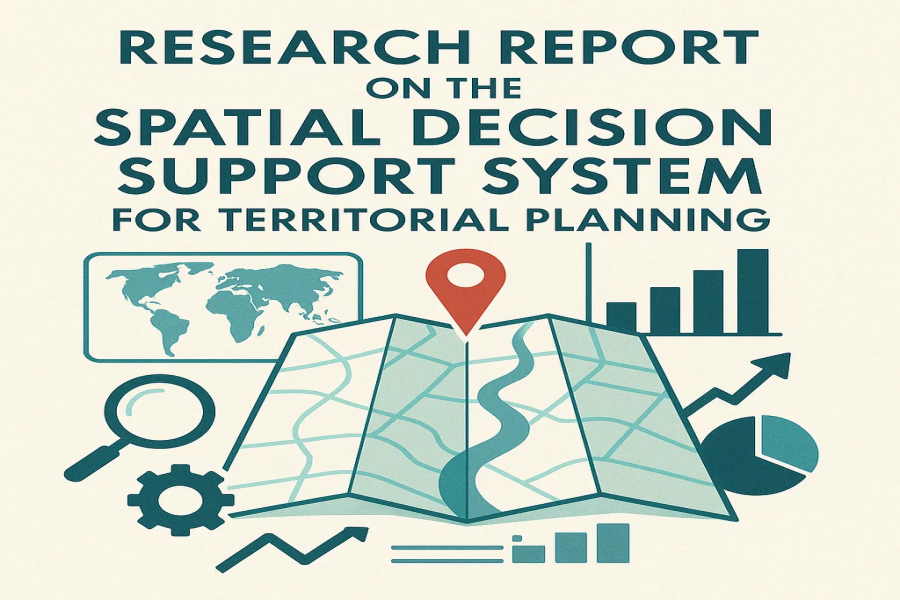

-
بررسی آییننامهها و دستورالعملهای برنامه هفتم پیشرفت
-
بررسی عوامل موثر بر افزایش تصادفات و تلفات جادهای و سوانح رانندگی و دادهکاوی تلفات انسانی
-
سازماندهی و بازآرایی فضایی آموزش عالی کشور
-
به روز رسانی سند ملی آمایش سرزمین
-
انجام مطالعات مناطق آزاد به عنوان نواحی پیشران اقتصادی کشور
-
اصلاح ساختار بودجه و پیاده سازی نظام یکپارچه مدیریت اطلاعات مالی دولت (IFMIS)

"In order to establish a national governance system for territorial development, ensure the continuity and dynamism of spatial planning studies, enable periodic reviews, and monitor the implementation of the National and Provincial Territorial Planning Documents, the Plan and Budget Organization was tasked with developing and deploying a system for monitoring and evaluating the country’s spatial development. In its initial phase, this system, known as the Territorial Planning Decision Support System (Sepas), was designed and implemented as a pilot project in 2021 by the Center for Development Studies and Foresight. One of the system’s key functionalities is its ability to respond to inquiries regarding the siting of settlement activities, new industrial and agricultural activities. These inquiries are addressed by cross-referencing and comparing the proposed locations with the results and outputs of the National Territorial Planning Document. Currently, the comprehensive Territorial Planning Decision Support System, under the title National Spatial Development Monitoring and Evaluation System, is being designed, developed, and refined by the Territorial Planning and Regional Development Office.
The system will be responsible for critical functions such as monitoring outcome and impact indicators, tracking spatial changes, responding to activity siting inquiries across the country, and facilitating the periodic updates of territorial planning studies. In accordance with the policies and strategies outlined in the National Document, and based on the quantitative indicators defined for each policy area, the system’s management dashboard will monitor and track the variations in each indicator over time.
This report presents the system’s conceptual framework, theoretical foundations, and global experiences in spatial decision support systems. Additionally, it details the steps undertaken to establish the Territorial Planning database and outlines the system’s conceptual model and integrated architecture.
It is noteworthy that this research report was authored by Abolhassan Modarreszadeh and Mehrdad Kashef within the Research Group on Territorial Planning, Regional Development, and Balance at the Center for Development Studies and Foresight. The report comprises 115 pages.
Interested readers may access this research report via the following link.



